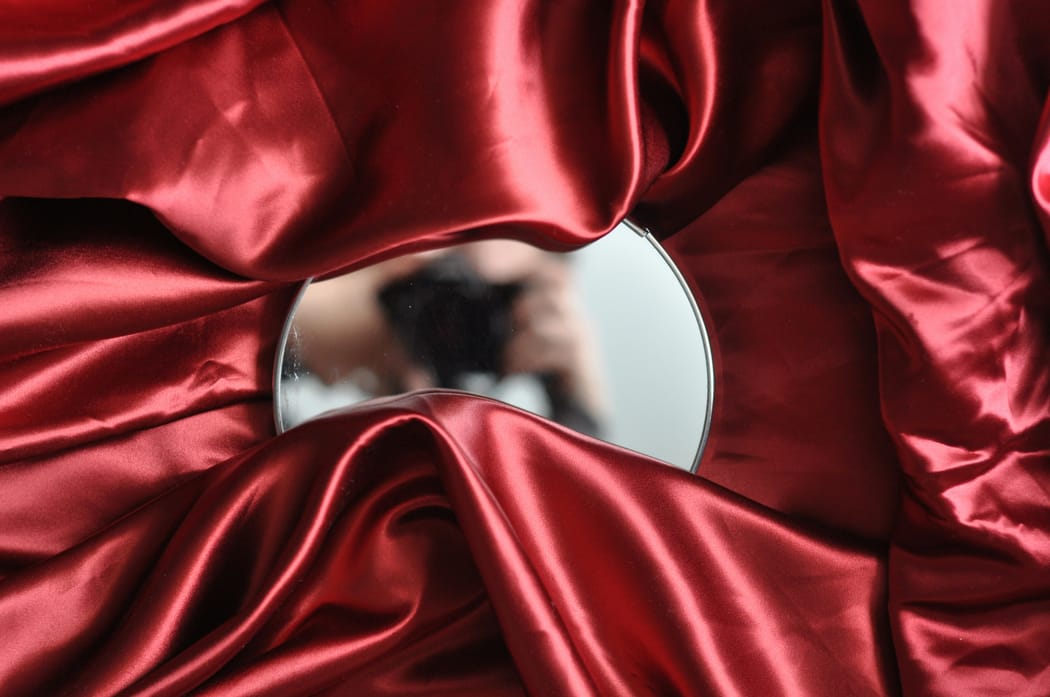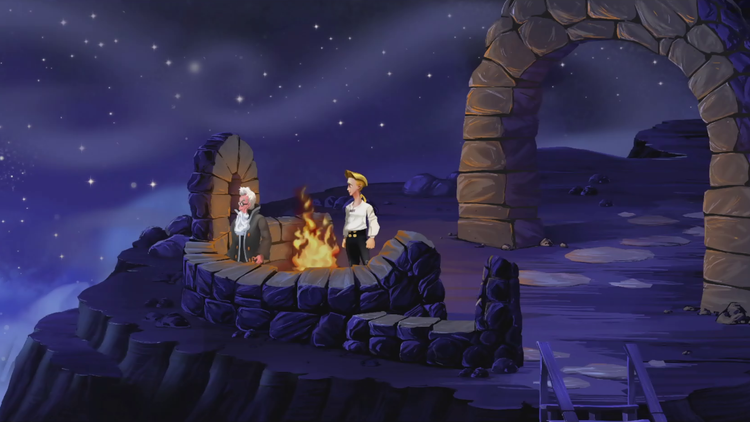On 11 September 1297, an army jointly led by William Wallace and Andrew Moray faced a much larger English force at Stirling. Scottish men asked themselves why they should die—what was the point? As the line began to dissolve, Wallace (Mel Gibson) arrived and delivered the now‑famous words:
...would you be willing to trade all the days from this day to that for one chance, just one chance to come back here and tell our enemies that they may take our lives, but they'll never take our freedom!
Mel Gibson as William Wallace delivers the immortal call to freedom — a cinematic mirror of the sovereign spirit that refuses submission.
The speech still moves me. It’s widely quoted, and yes, the battle on screen isn’t the record; but the film captured the essence—the William Wallace archetype. A mirror.
As someone who sees patterns, I naturally notice figures who feel closer to me than others—some historical (Henry VIII), some fictional (Professor Moriarty). Most of us live ordinary lives, and that is fine; we don’t need a billion visionaries or freedom fighters. Rarity is the signal. Some of these figures were wealthy, some poor; each did or said something that either pulled me closer or pushed me away.
If you can trigger an emotion, good or bad, you already won. The worst thing is if people are indifferent to you.
For me, William Wallace is a freedom fighter. Born into a fragmented Scotland, he dreamed of sovereignty. He didn’t plan to become a martyr, but when the darkest hour came, he didn’t flinch. Wallace is my mirror of a sovereign who values freedom more than life.
Leonardo da Vinci was one of the “founders” of the Renaissance in Italy. Born as an illegitimate son, he took the name of his village as his own. He was sovereign in creation. During his lifetime he wasn’t especially rich; he took commissions from houses like the Medici and sometimes trained apprentices. He kept notebooks—endless sketches and ideas. Left‑handed, he wrote in mirror script; you might need a mirror to read him. That’s what Gen Z would call “based.”
Leonardo da Vinci is my mirror in creative sovereignty without compromise—and an anti‑mirror in the warning that unpublished work can vanish. What a loss when art or science must be rediscovered because it stayed in drawers.
Nikola Tesla was an inventor known for his contributions to the alternating‑current electricity system. A brilliant mind—and, in my language, “uncalibrated.” Electricity to him was an invisible force he meant to master. (Electricity to him is what myth is to me.) Few cared while he lived; he lived modestly. Only decades later did we begin to see him clearly. If my realm for rare outliers had existed in his lifetime, we might read a different story today. Tesla is a mirror of the misunderstood genius.

And finally, Professor Moriarty—the archenemy of Sherlock Holmes. In truth, they are more alike than different: sun and moon, light and shadow. Both brilliant and exquisitely observant; both see patterns as I do. One uses the gift to solve and serve; the other aims it to dominate and destroy. Moriarty is the shadow archetype—like figures such as Hitler, Stalin, or Napoleon. These mirrors are close to me because I know we share the same raw material; the difference is how we aim it. Some turn to manipulation after being unseen for a lifetime—while Sherlock and I choose to use the mind for good.
I encourage every one of you: look around. When you watch a movie, is there someone who feels close to you? Or perhaps someone you hate? These characters, real or fictional, might be your mirrors. They amplify traits you already have. Often it is hard to introspect and find who we really are; mirrors are breadcrumbs. If you pay attention, over time you will reveal more about yourself. And sometimes you stumble upon a mirror that feels like you—not like your brother or friend, but you. Once I read a novel about a real person from France, and his whole life felt as if I were living it—events, decisions, unique circumstances. I dug deeper only to reveal more about myself, and now I am so grateful that I plan to honor this character in my future works. Who is it? Patience, my friends. For now, let me assure you, he was an outlier in the literal sense.
Mirrors, anti-mirrors, archetypes, lessons. Everything is out there — just open your eyes and see.





